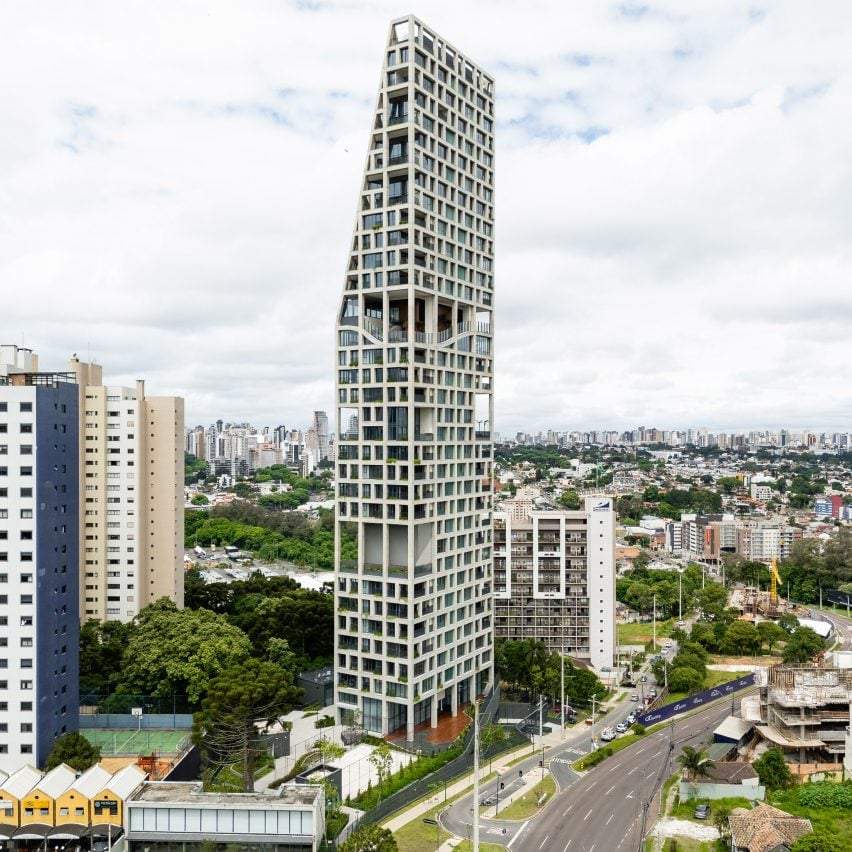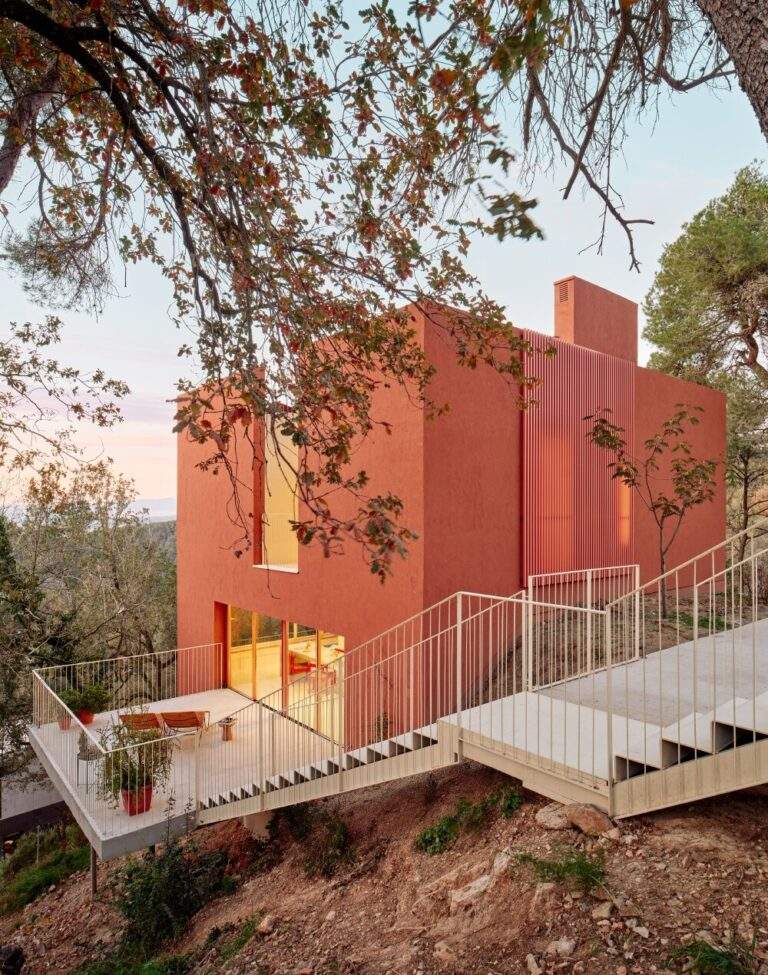“Naya”: When Sweets Become a Cultural Language in the Heart of London
“Intersection of Tradition and Modernity: An Introduction to ‘Naya'”
In one of the upscale streets of Mayfair, London, specifically on North Audley Street, a new project has recently emerged. Naya: Cultural Confectionery in London catches attention not only due to its products but also for its cultural and identity-driven nature. The project is “Naya” – a confectionery store that, on the surface, may seem like any other luxurious destination for sweets. However, at its core, it represents an extension of a long family history.
Family Roots: From Istanbul to London
“Naya” was founded by brothers Can and Cengizhan Oyan, who hail from a Turkish family with a long history in the chocolate-making industry. This history is specifically through the renowned “Bilet” brand, which began its journey in 1957. This long timeline reflects a desire to preserve a rich artistic and professional heritage. It aims to transfer it to a contemporary context without losing its identity.
Significance of the Name: Between Language and Identity
The choice of the name “Naya” was not random. The word means “new” or “fresh” in Sanskrit, reflecting a shift towards renewal. However, what is particularly striking is that the name, when read backward, becomes the opposite of the family surname “Oyan.” This creates a symbolic connection between the past and the present in a clever, symbolic way.
Confections as a Visual and Cultural Medium
“Naya” goes beyond being a mere confectionery store. It can be viewed as a miniature art gallery. The sweets offered are not just flavors but delicate works that blend craftsmanship and aesthetic taste. This presents both a visual and sensory experience simultaneously. From this perspective, “Naya” becomes a model for understanding how cuisine can be a means of cultural expression.
“The Experience Between Past and Present: The Founders’ Perspective”
Through the words of Can Oyan, we discover that the “Naya” project was not just a business step but a response to what he described as an “inner calling.” This phrase reveals a deep motivation linked to identity and belonging. Can and his brother believe that establishing the store in London is a continuation of a long family history in the chocolate-making industry. This history began in 1957. The desire was clear: to offer an experience that highlights their roots and traditions, while also engaging with the spirit of the times.
Beyond the Bakery: Redefining the Space
“Naya” does not limit itself to being a traditional bakery. Instead, it adopts a broader concept that combines food presentation with spatial experience. It provides seating and beverage options, making it more of a social and cultural space. This approach reflects an awareness of changing customer behaviors, where product quality alone is no longer sufficient. The complete experience has now become an integral part of the value offered.
Design as a Visual Narrative Tool
Collaboration with British designers India Hicks and Anna Golandres was a thoughtful step. It ensured the interior design reflects the complex identity of the place. The fusion of local sensibilities and family heritage created an environment that accommodates the diversity of products and functions. It simultaneously enhances the unique character of the space. Here, design serves not only aesthetic purposes but also acts as a medium. This medium tells the project’s story to visitors through visual details, texture, and colour.

“Details of the Place: A Design that Speaks to the Senses”
From the moment visitors enter “Naya,” they are immersed in a multi-sensory experience. The open tables, where baked goods are prepared, create a sense of transparency and intimacy. This allows guests to witness part of the preparation process. It enhances feelings of trust and engagement.
Hand-Painted Murals and Subtle Artistic Presence
The walls are not left blank. They are transformed into living works of art through hand-painted scenes created by the design company “De Gurney.” This artistic choice not only adds a visual layer but also establishes a cultural connection to the place. It turns every corner into a continuously evolving visual scene.
A Homely Feel with Thoughtful Touches
The seating area is designed to resemble a cosy living room, adding warmth and comfort away from the usual formal or commercial style. The use of warm colours and soft fabrics enhances this sensation. Meanwhile, the leopard prints bring a touch of boldness and elegance, striking a balance between simplicity and individuality.
Nature as a Central Element
The most prominent feature of the design is the large tree that stretches through the centre of the space. This tree is not presented merely as a decorative element but as a spatial focal point. It connects the other elements and gives the space an organic and natural feel. It serves as a metaphor for expansion and growth, reflecting “Naya’s” identity as a rooted yet continuously blossoming project.

“Flavors that Carry Memory: Between Sweet and Savory”
The menu at “Naya” reflects the intersection of the past and present through traditional recipes passed down by the Oyan family. Each dish carries a personal and familial touch. Among these items, the magnolia pudding stands out. It transcends its role as a dessert to become a sensory experience tied to nostalgia and warmth. It’s almost like a call to childhood or a moment of old familiarity.
Options that Balance Taste and Satisfaction
Despite the focus on sweets, “Naya” does not overlook savoury dishes that cater to visitors seeking something more filling. Lobster rolls and prosciutto sandwiches are carefully crafted examples of food that blends quality with innovation. This offers guests balanced choices between exquisite taste and nutritional needs.
Drinks in Harmony with the Spirit of the Place
The drinks menu complements this diversity by offering a wide selection of coffee, matcha, and various types of tea. For those with a taste for refined experiences, champagne and wine from selected regions in France and Italy are also offered. This creates a celebratory atmosphere even without a special occasion. This suggests that enjoying everyday life can, in itself, be enough to savour luxury.







